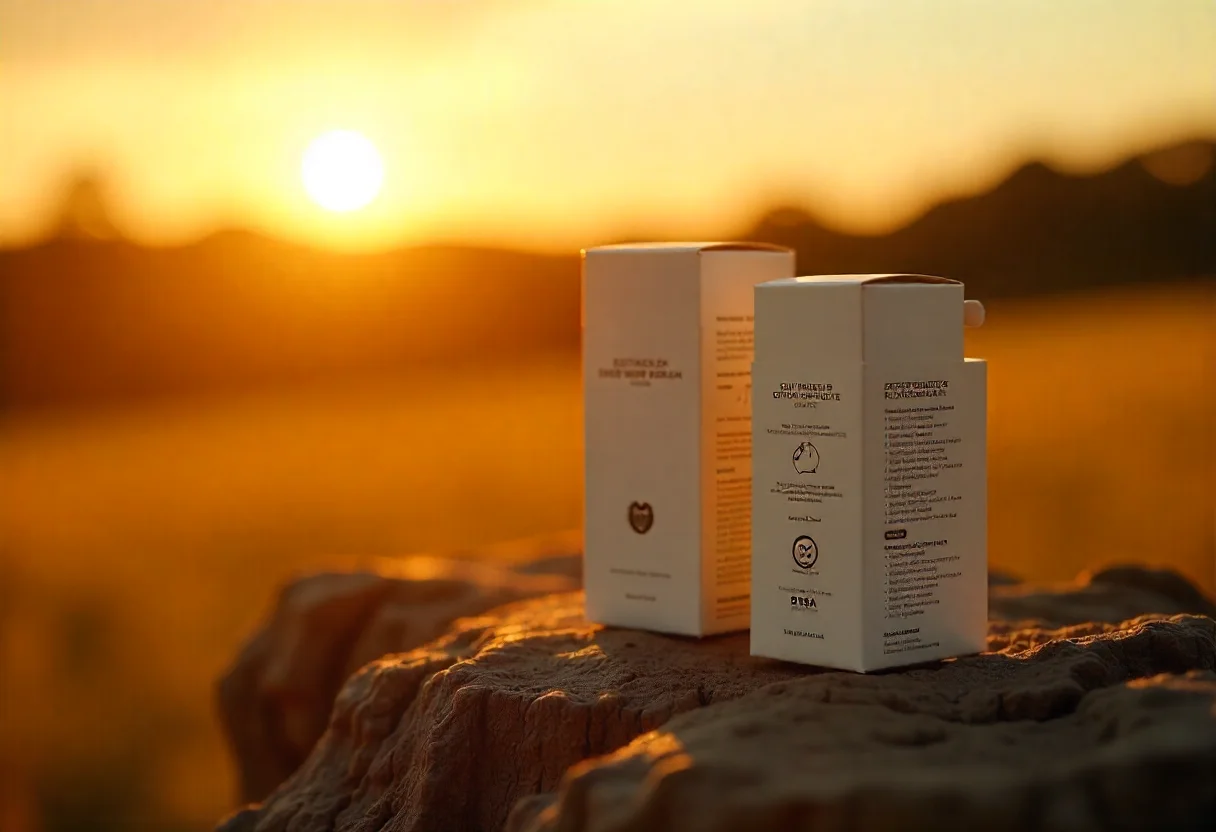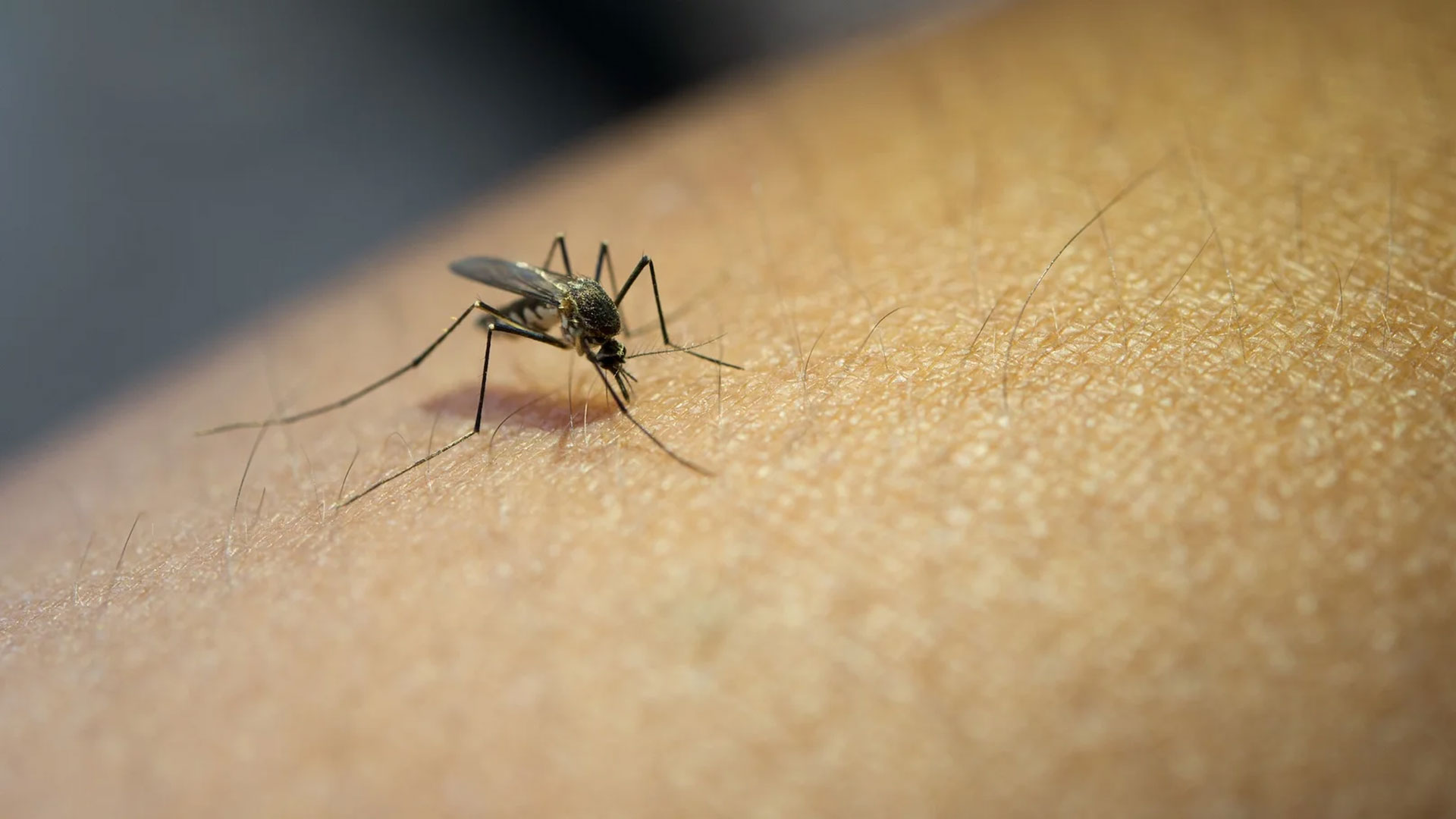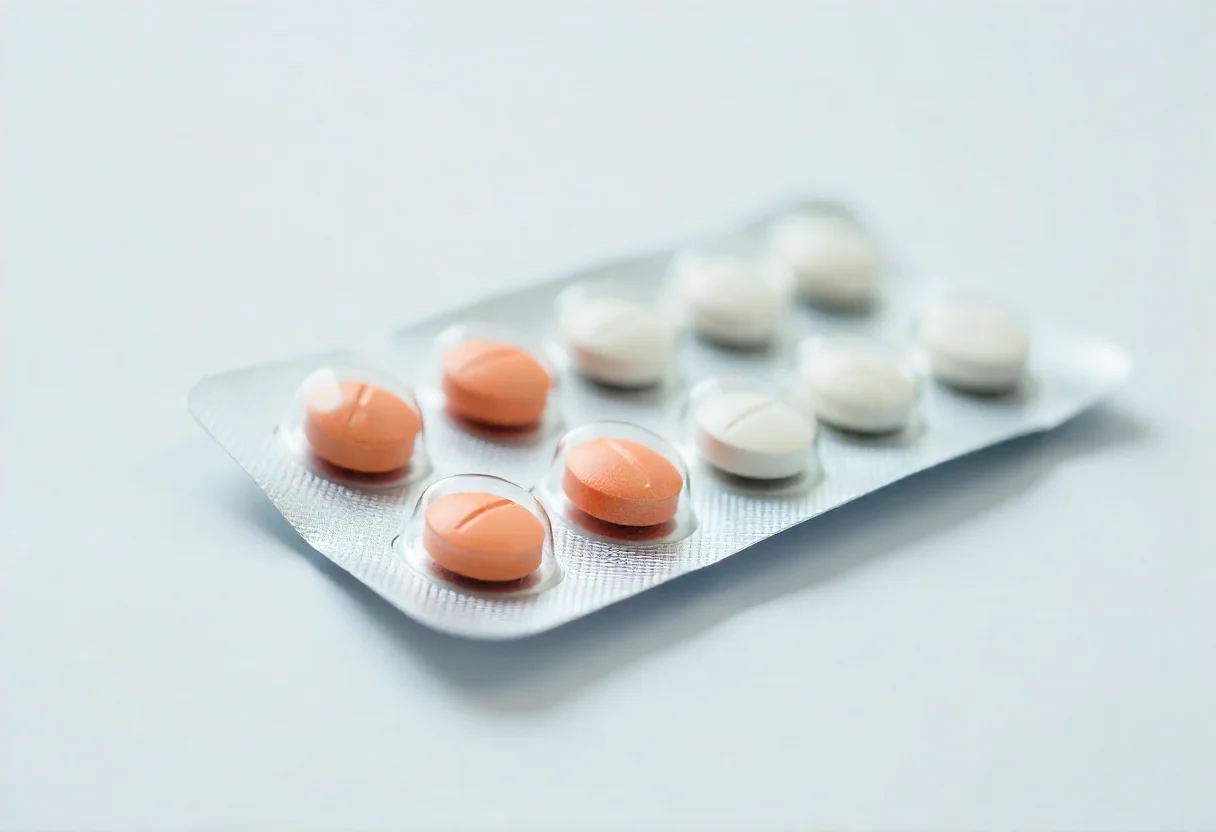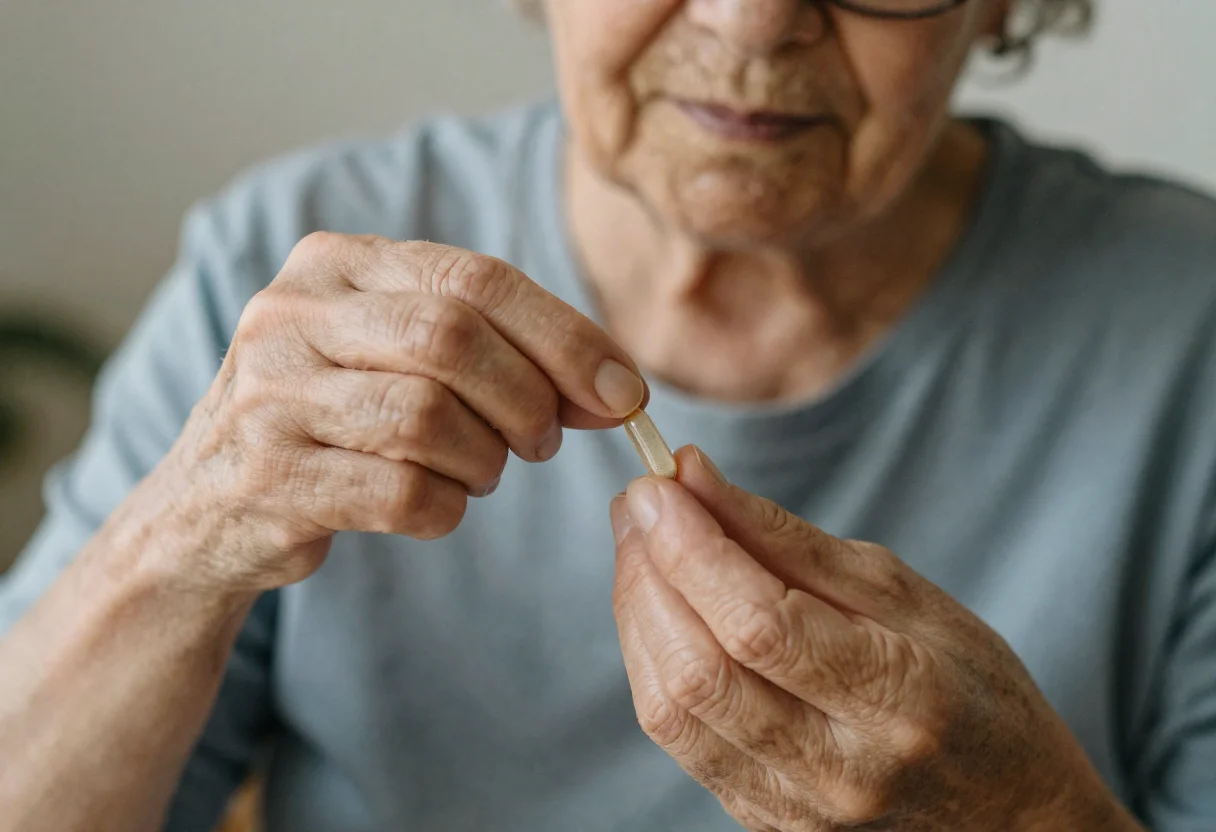"Seborrheic dermatitis is a common non-infectious problem that affects millions of people every year."

Title:
| What is seborrheic dermatitis?
| Etiology
| Diagnosis
| Histopathology
| Differential diagnosis
| Types of seborrheic dermatitis
| Infant seborrheic dermatitis (cradle cap)
| Treatment methods
| Adult seborrheic dermatitis
| Treatment methods
| Complications
| Generalized seborrheic dermatitis
| Summary
What is seborrheic dermatitis?
Seborrheic dermatitis is a common chronic skin condition with high relapse incidence. It creates itchy scaly patches which may be either dry or oily established on normal or inflamed skin. This disease originally affects the sebaceous gland-rich regions of the skin, particularly scalp, and additionally, face and trunk, mostly extended to more than one area:
Scalp
It can be ranged from mild skin flaking, dandruff, to inflamed scaly peels that weep.
Face
Typically, the skin of two sides of nose, creases, and cheeks becomes red, inflamed, and scaly. Sometimes, the inner half of the eyebrows, eyelids, and eyelashes become involved; a condition known as blepharitis. Moreover, the external ear, ear canal and earlobe, can be affected.
Etiology
Although not completely understood, several factors are associated with this condition. The over-proliferation of the Malassezia genus and abnormally high androgens* level are two factors seem to be implicated more that others.
Malassezia is a fungus type belonged to the human skin’s normal microflora. This fungus changes the fatty acid structure of the sebum which induces inflammation in the case of over-proliferation. Usually, this amount of inflammation doesn’t start this disease, but individuals with higher susceptibility and stronger inflammatory response may be at the edge.
The concentration of androgenic hormones is another powerful premise explaining the etiology of this disease. High androgen levels increase the sebum release that subsequently causes inflammation.
*Androgen:
A type of hormone found in the human body and found mainly in men.
Diagnosis
The clinical diagnosis of seborrheic dermatitis is based on the localization, appearance, and the behavior of the lesion. If the accurate diagnosis isn’t feasible regarding these criteria, a biopsy can be undertaken.
Histopathology
The histopathological evaluation typically shows parakeratosis, plugged follicular ostia, and spongiosis in the epidermis. In the case of seborrheic dermatitis, the dermis has a sparse, perivascular lymphohistiocytic inflammatory infiltrate.
Differential diagnosis
The following conditions have similar symptomatic pattern as seborrheic dermatitis:
- Atopic dermatitis (Eczema)
- Candidiasis
- Contact dermatitis
- Erythrasma
- Impetigo
- Nummular eczema
- Pityriasis rose
- Psoriasis
- Rosacea
- Secondary syphilis
- Systemic lupus erythematosus
- Tinea capitis & corporis
Types of seborrheic dermatitis
In general, seborrheic dermatitis is consisted of 2 forms: infant and adult forms.
Infant seborrheic dermatitis (cradle cap)
A rare type that appears among infants within the first 3 months of age which may last up to one year and usually clears up on its own with low risk of recurrence. It initiates in the scalp, face, and the diaper-in-contact areas that spreads throughout the other body parts without proper treatment. Despite not being inconvenience, parents may be concerned in the case of confrontation. The reason of cradle cap isn’t completely acknowledged, but we know that it isn’t a contagious disease fueled by hygiene-negligence. In addition to Malassezia fungus, some believed that it may be related to hyperactivity of sebaceous glands in response to residual circulatory maternal androgens that is transmitted to the baby by placenta prior to born.
Common symptoms of cradle cap include the appearance of oily or dry skin covered with patchy scaling or thick white/yellow scales that aren’t easy to remove and mild inflammation as salmon-pinks patches in the ears, eyelids, nose, and groin.
Infant seborrheic dermatitis is sometimes confused with other skin conditions, especially atopic dermatitis. A major difference between these conditions is that atopic dermatitis can be very itchy.
Treatment methods
- Regular washing of the affected areas with baby shampoo is essential.
- Topical white petrolatum or Vaseline application can be helpful in most cases.
- Some dermatologists try a water-based cream followed by gentle brushing to clear up the scales.
- Mild anti-fungal shampoo, depending to the extent and severity of the condition, may be prescribed.
Adult seborrheic dermatitis
The adult form of seborrheic dermatitis can start developing from puberty; however, it is more likely to kick in throughout the adulthood. The prevalence sharply rises over the age of 20, with the peak at early thirties and forties for men and women, respectively, with higher commonness among male and hyperpigmented* skin populations. Contrary to Infant form, adult seborrheic dermatitis has a cycle of scaling and cleaning that can last for years determined by the disease management strategy and patient’s overall health. It often occurs in otherwise healthy people; however, the following factors are also associated with the severe cases:
- Oily skin
- Family history
- Immunosuppression in the case of organ transplantation, HIV infection, lymphoma, Parkinson disease, tardive dyskinesia, down syndrome, and depression
- History of photochemotherapy (PUVA) therapy for psoriatic patients
- Long-term corticosteroid or cytotoxic therapy
- Post traumatic stress disorder
- Hormonal changes
- Nutritional defects
- Cold and dry weather
- Frequent usage of harsh detergents, chemical, and soaps
*Hyperpigmentation: It is the darkening of the skin surface.
Treatment methods
General measures
Since seborrheic dermatitis is a chronic disease, educating the patient about the condition and appropriate skin care route is crucial. A modifiable lifestyle should be identified; for example: while a fruit/vegetable-enriched diet is likely associated with less risk of seborrheic dermatitis, stress flares up the situation.
Specific measures
- Keratolytic agents can be used, if necessary, to remove the overlying flakes. Salicylic acid, lactic acid, urea, propylene glycol, and coal tar are some of the drugs that can be preferred.
- Topical anti-fungal agents can reduce Malassezia infection; ketoconazole, tea tree oil, ciclopirox shampoos and/or lotions. When the fungus is resistant to azoles, you can try these drugs with zinc pyrithione or selenium sulfide shampoos.
- In the case of acute flare, mild topical steroid can control the inflammation. When you cannot use corticosteroids, pimecrolimus cream or tacrolimus are indicated because of their fewer adverse effects.
- Phototherapy is another treatment choice.
- Therapy combination is often advised.
Complications
- Secondary bacterial or fungal infections
- Skin thinning, dilated blood vessels, and steroid-induced telangiectasia
- Psychosocial impacts due to the appearance of the skin
- Post inflammatory hyperpigmentation, especially in dark-skinned people
Generalized seborrheic dermatitis
Very rarely the dermatitis can become severe and extensive, covering large areas of the body and requiring more attention. Petal or ring-shaped flaky patches on the hairline and anterior chest plus rashes in the armpits, under breasts, and genital creases are bold symptoms pointing out generalized seborrheic dermatitis.
Summary
This article reviews several aspects of seborrheic dermatitis. Practical applications are provided to assist the clinician in modulating and combining therapeutic approaches. Since seborrheic dermatitis is a chronic disease, optimal results depend on combining clinical experiences with the needs of the individual cases.
- Cradle cap (seborrheic dermatitis) in infants. (2023).
















